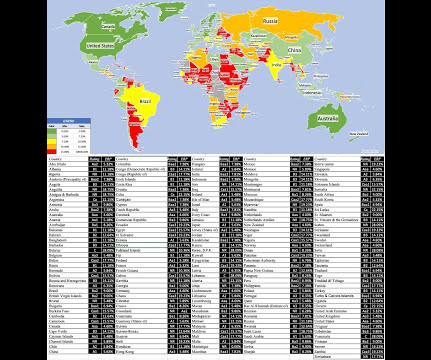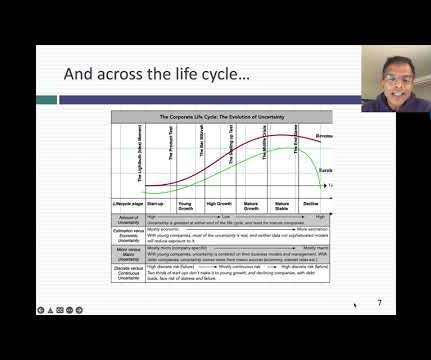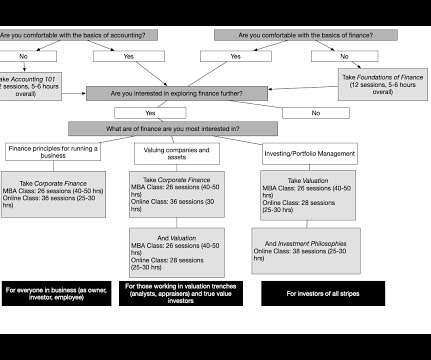Weighted Average Cost of Capital Explained – Formula and Meaning
Valutico
APRIL 17, 2023
WACC considers the costs associated with different components of a firm’s capital structure, such as debt, equity, and preferred stock, and weighs them according to their proportion. It is a metric used to calculate the Cost of Capital for a company based on its specific financing mix (debt, equity and/or preference shares).














Let's personalize your content